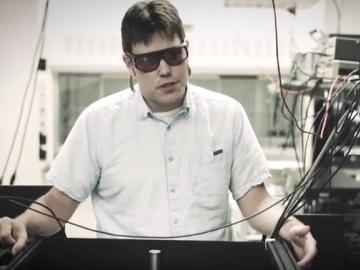
Filter News
Area of Research
- (-) Materials (109)
- Advanced Manufacturing (16)
- Biological Systems (2)
- Biology and Environment (76)
- Building Technologies (7)
- Chemical and Engineering Materials (1)
- Chemistry and Physics at Interfaces (1)
- Clean Energy (230)
- Climate and Environmental Systems (4)
- Computational Biology (1)
- Computational Engineering (2)
- Computer Science (10)
- Data (1)
- Electricity and Smart Grid (1)
- Energy Frontier Research Centers (1)
- Energy Sciences (2)
- Fossil Energy (1)
- Functional Materials for Energy (1)
- Fusion and Fission (11)
- Fusion Energy (8)
- Isotope Development and Production (2)
- Isotopes (14)
- Materials for Computing (10)
- Materials Synthesis from Atoms to Systems (1)
- Materials Under Extremes (1)
- Mathematics (1)
- National Security (24)
- Neutron Data Analysis and Visualization (2)
- Neutron Science (43)
- Nuclear Science and Technology (23)
- Nuclear Systems Modeling, Simulation and Validation (2)
- Quantum information Science (3)
- Renewable Energy (3)
- Sensors and Controls (3)
- Supercomputing (50)
- Transportation Systems (2)
News Type
News Topics
- 3-D Printing/Advanced Manufacturing (6)
- Advanced Reactors (1)
- Bioenergy (2)
- Biomedical (2)
- Buildings (1)
- Chemical Sciences (6)
- Clean Water (1)
- Composites (4)
- Computer Science (1)
- Coronavirus (1)
- Critical Materials (5)
- Decarbonization (1)
- Energy Storage (8)
- Environment (2)
- Fusion (3)
- Isotopes (2)
- Materials (15)
- Materials Science (25)
- Microscopy (9)
- Molten Salt (1)
- Nanotechnology (12)
- Neutron Science (6)
- Nuclear Energy (5)
- Physics (8)
- Polymers (8)
- Quantum Computing (2)
- Quantum Science (1)
- Space Exploration (1)
- Sustainable Energy (3)
- Transportation (6)
Media Contacts
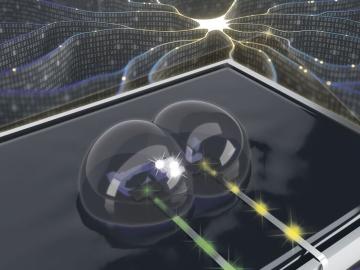

A shield assembly that protects an instrument measuring ion and electron fluxes for a NASA mission to touch the Sun was tested in extreme experimental environments at Oak Ridge National Laboratory—and passed with flying colors. Components aboard Parker Solar Probe, which will endure th...

A novel method developed at Oak Ridge National Laboratory creates supertough renewable plastic with improved manufacturability. Working with polylactic acid, a biobased plastic often used in packaging, textiles, biomedical implants and 3D printing, the research team added tiny amo...

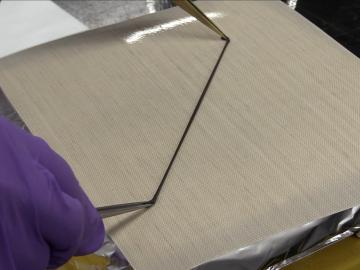
A novel approach that creates a renewable, leathery material—programmed to remember its shape—may offer a low-cost alternative to conventional conductors for applications in sensors and robotics. To make the bio-based, shape-memory material, Oak Ridge National Laboratory scientists streamlined a solvent-free process that mixes rubber with lignin—the by-product of woody plants used to make biofuels.
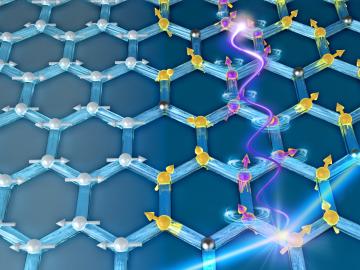

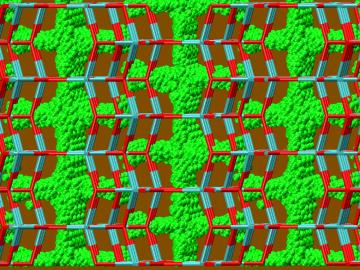
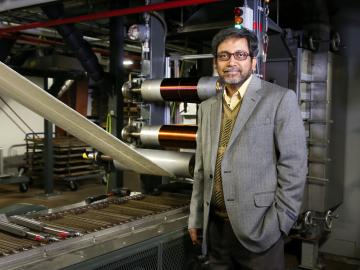
Finding new energy uses for underrated materials is a recurring theme across Amit Naskar’s research portfolio. Since joining Oak Ridge National Laboratory in 2006, he has studied low-cost polymers as carbon fiber precursors, turning lignin−a byproduct of biofuel production−into renewable thermoplastics and creating carbon battery electrodes from recycled tires.
